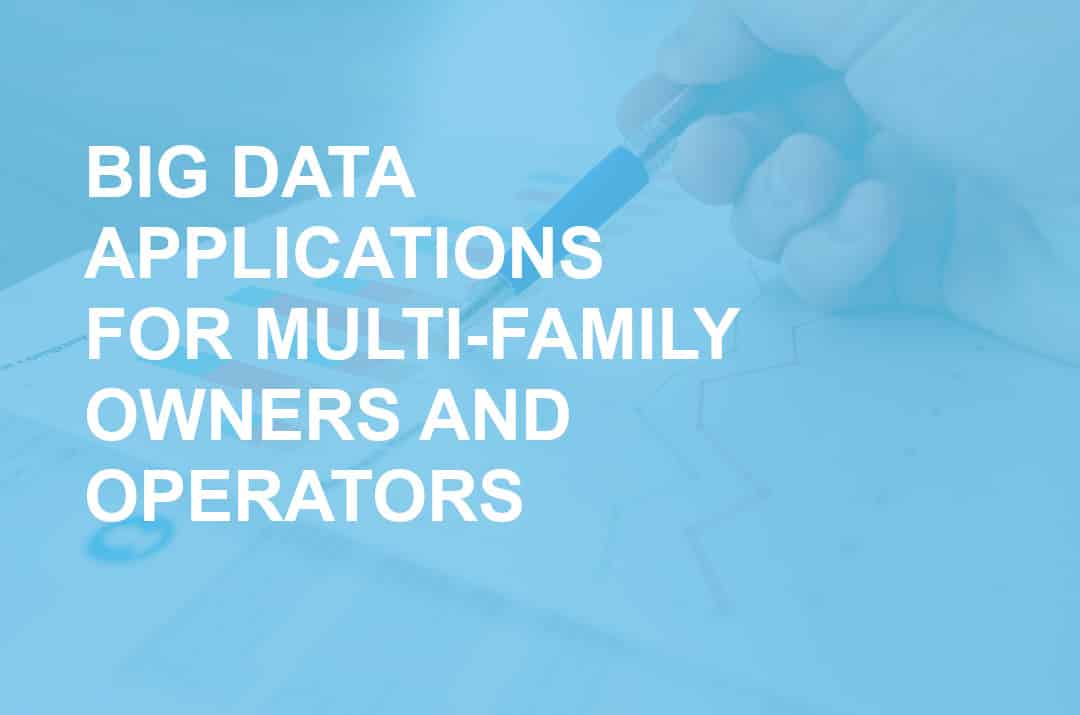It’s 2022, and there’s little doubt we’ve entered what will be known as the age of big data. Our interconnected world allows the tracking of our every move. What happens with all that data? It’s compiled in databases and now with powerful tools analyzed and used to drive decisions. Businesses use the information to better understand current and prospective customers.
The analysis of all that data is used to craft products, and catering services, target and retain customers, optimize processes and develop marketing plans, all decisions aimed at boosting profits.
When Deloitte Analytics surveyed executives from 35 of the world’s leading corporations, 49 percent of respondents said they use analytics to make better decisions, 16 percent said it helps accomplish vital strategic initiatives, and 10 percent said data analysis helps them improve relationships with both customers and business partners.
“Data is very much a part of our lifeblood, and now that our systems and technology have caught up to the need, we can make something out of the data we have,” one senior executive who responded to the survey said. “We’ve come a long way in the last two years because we focused on it. A company like ours can accomplish a lot when it focuses.”


Big Data for Small Business
Still, small businesses need to be faster in adopting data analysis. After all, they typically generate a lot fewer data to evaluate. But, according to best-selling author and strategic business advisor Bernard Marr, big data is well suited for small businesses because “they’re generally more agile and able to act more quickly on data-driven insights” compared to major players like Google and Facebook.
In essence, it’s easier for smaller companies to make decisions and changes based on data analysis. Multi-family property owners are no exception.
“Thanks to big data, small businesses can get a fuller picture of their customers – what makes them tick, why they buy, how they prefer to shop, why they switch, what they’ll buy next, and what factors lead them to recommend a company to others,” Marr wrote on his blog. “Companies can also better interact and engage with customers by analyzing customer feedback to improve a product or service.”
But where do small companies get big data? Marr suggests sources such as social media, browser logs, text analytics, and large, public data sets like census data, as well as traditional in-house data like sales data and customer service logs.
For example, the real-estate industry generates countless data. For instance, multi-family property owners can look to massive amounts of renter information, which can be analyzed to optimize processes from leasing hours to outreach marketing and many more aspects of the business.
Property Management Technology Trends and Innovations
Professionals in any constantly evolving industry must keep up with tech trends and innovations to grow their businesses, and property management is no exception. After all, if property managers fail to utilize technological tools, their competitors surely will. But with the right property management technology solutions, they instead can increase productivity, lower costs and add value to their companies.
The following property management technology trends and innovations continue to impact the real estate market:
- Cloud-based software – Property managers can manage maintenance issues, generate rental listings, and collect rent from anywhere using a single platform.
- Green tech – More property management businesses are placing importance on sustainability by investing in green techs, such as sustainable HVAC, which helps them reduce emissions, improve efficiency and save money.
- IoT – It’s estimated that by 2035 the Internet of Things will include 1 trillion sensors and connected devices, monitoring and sharing data.
- Blockchain – Blockchain technology allows transactions to be processed with incredible speed, security, and transparency, which adds efficiency and accuracy to complex and time-consuming real-estate transactions.
- Big Data – Data continues to dominate the property management sector. Predictive analytics is used to influence decisions ranging from where to invest to which applications to approve.
- Virtual reality – A growing trend in the real estate sector, virtual reality allows property management companies to create 360 virtual tours for prospective tenants to view from anywhere.


Big Data for Multi-Family Properties
One of the best data sources for multi-family property owners to analyze can be mined from the company’s website.
“Every click tells a company something about the website visitor’s preferences and priorities, such as apartment amenities they value and their current lifestyle,” explained marketing strategist Felicia Savage. “Do they have kids? Do the renters own a pet? Do they want to live close to bars and restaurants? Would they pick an open floor plan over a nice view?”
What do multi-family property owners do with the data mined from their websites and other sources? First, they can use analysis of customer wants and needs to make property improvement decisions like what renovation projects to prioritize or what amenities to offer. Savage suggests adding interactive tools to websites that collect customer feedback.
“Interactive tools, such as an expense budgeting calculator or a simple quiz to help potential renters pick a floor plan, create a personalized, assisted shopping experience that encourages online visitors to engage with the website and divulge personal information as they do research in their hunt for the perfect home,” Savage wrote.
Data analyzed by multi-family property owners don’t have to be self-generated, either. Companies like Skyline AI have developed software that collects and analyzes data on all multi-family properties in the United States – more than 400,000. Collected data includes area restaurant locations and crime statistics to demographics and education levels of renters in various markets. Combined, the data tells investors the predicted value of a property.
Big Data for Multi-Family HVAC
Some of the most valuable data for multi-family companies to analyze is what’s generated by their properties. Motili’s multi-family HVAC asset management product, for example, enables owners and operators to make intelligent and proactive decisions about their HVAC and hot water systems. The program tags and tracks property assets while it optimizes maintenance, repair, and replacement processes.
Motili clients have experienced 20-percent increases in resident satisfaction thanks to proactive HVAC and hot water management.
“We’re able to give a true forecast a few years out and look at not just one or two buildings but across the nationwide portfolio, helping a multi-family conglomerate find tens of millions of dollars through savings and optimization. It often makes more sense to spread your investment over a multi-year period,” said Motili Vice President Matthew Sallee.
“It’s a complex equation, but you can’t do it without the data. So we know how to quickly capture accurate data, analyze it, and help visualize and explain it, so our customers can manage that equation.


How Motili is Redefining Multifamily Property Management Software
With its technology platform that helps property owners and operators manage their HVAC operations, Motili is redefining property management technology. Motili provides a turnkey HVAC management solution that includes HVAC repairs, installation, maintenance, and condition insight. The company also boasts a proprietary HVAC asset tagging program that gives users visibility into HVAC asset conditions, age, efficiency, and forecast maintenance fees.
Motili’s technology doesn’t exist in a vacuum, of course. Motili aggregates data across clients and industries to develop insights on each client’s properties, assets, and spending. This valuable data reporting includes information about individual jobs for improved savings and service levels, as well as details on expenditures and predictive analytics for improved budgeting and projections. Motili even offers an HVAC efficiency tool so real estate professionals can calculate carbon emissions associated with their HVAC operations.
Other Motili technology features include a web platform to provide detailed statuses and reporting on work, automated scheduling and contractor dispatching, and both text- and email-based notifications. In addition, contractors working with Motili enjoy access to a mobile app that is updated in real-time. Finally, motili customers benefit from client system integrations that expedite submission, status tracking, and all advanced data reporting and analytics.












